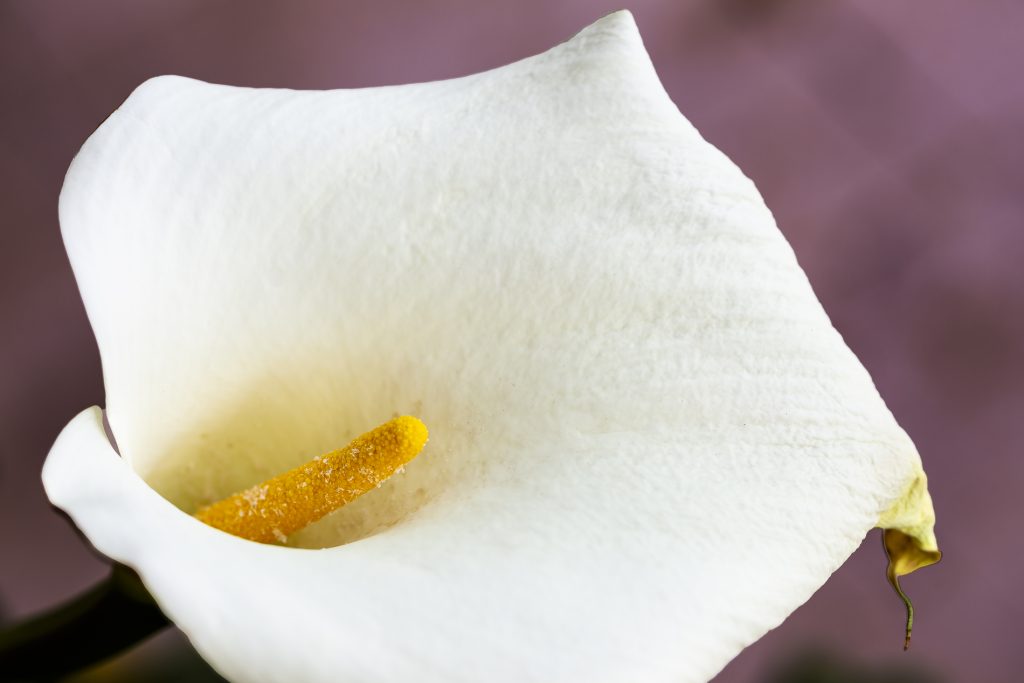I haven’t been out on any photographic excursions of late, but I have continued to photograph in and around home in Scottsdale. Today’s photo is a mixed selection of shots, with no specific theme.
I begin with this image taken in the nearby town of Cave Creek. This building is called “Village Apartments”. It appears to be unoccupied and is somewhat in decay. Any references to it online say virtually nothing about it, so it’s a bit of a mystery. I have little to say, other than to observe it is an interesting subject. Its architecture has a definite Spanish influence, a style that is prevalent in the US Southwest. I like this portal to an interior walkway leading to the rear of the complex.
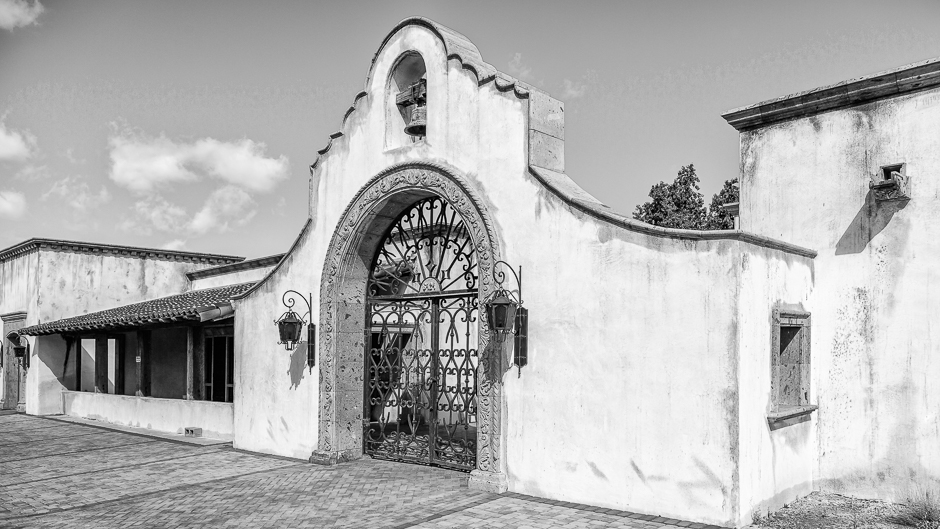
I’m also photographing some birds when the opportunity arises, beginning with the easier ones. This bird, a phainopepla can be found almost anytime in a tree along our driveway. He’s accustomed to human presence and is quite willing to be photographed. The northern phainopepla is the most northerly representative of the mainly Central American family Ptiliogonatidae, the silky flycatchers. Its name is from the Greek phain pepla meaning “shining robe” in reference to the male’s plumage. (The midday lighting on this occasion didn’t really work to my advantage in displaying that plumage.)
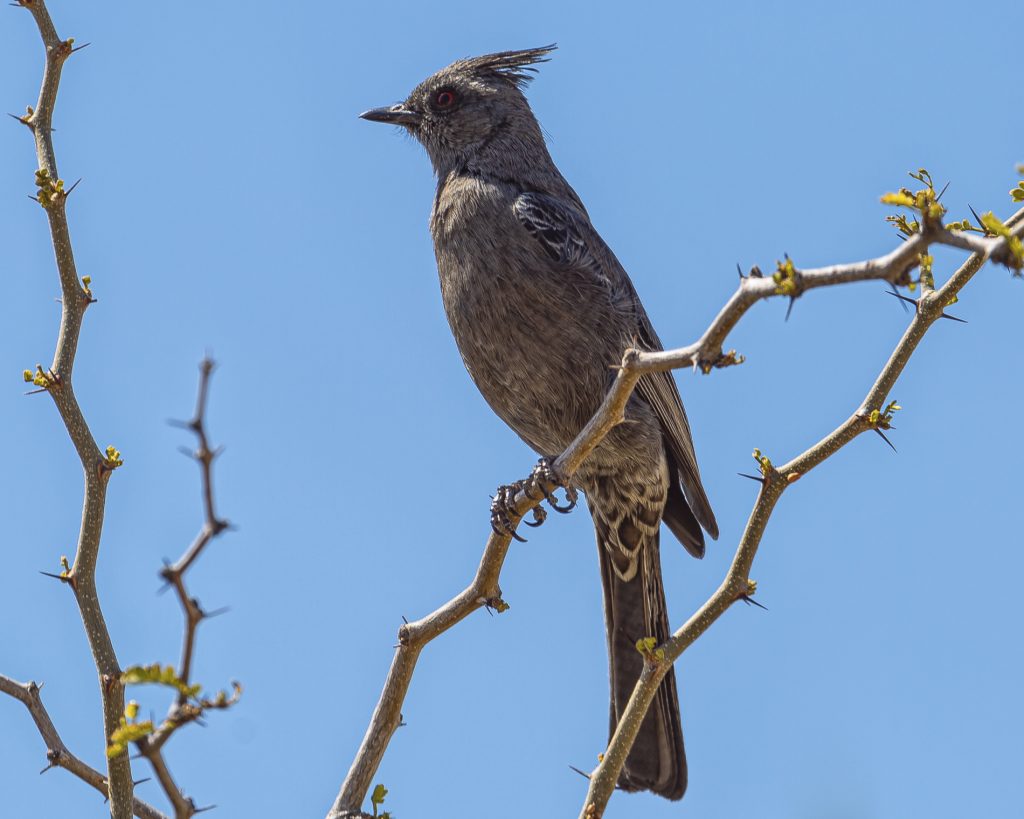
This picture was taken at resort in Cave Creek called Rancho Mañana. It’s a charming little resort with a golf course and an excellent restaurant known as the Tonto Bar and Grill. There is no affiliation with the Lone Ranger, the name Tonto is presumably derived from the nearby Tonto National Forest and the Tonto National Monument. The Tonto Apache is one of the groups of Western Apache people. The term is also used for their dialect, one of the three dialects of the Western Apache.
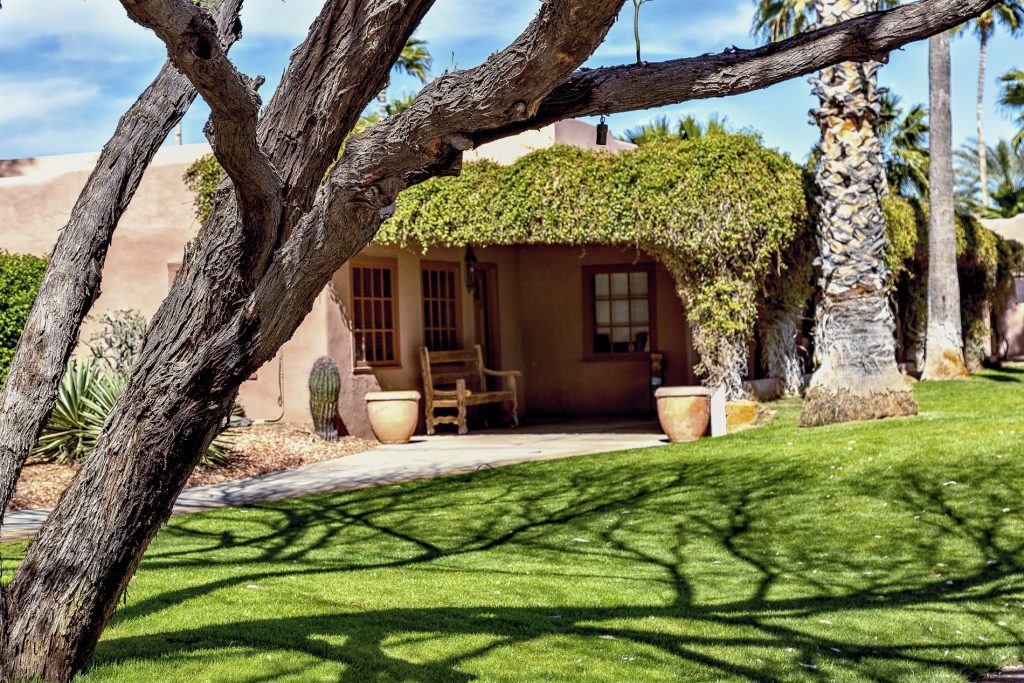
This next picture gets my attention every morning when I open the blinds on the dining room windows to admit the morning sunlight. I concluded that it could be a good black and white photograph, so I took it. I like the pattern and the simplicity of it and just to round out the composition, I included a glimpse of a pottery jug in the bottom left hand corner.
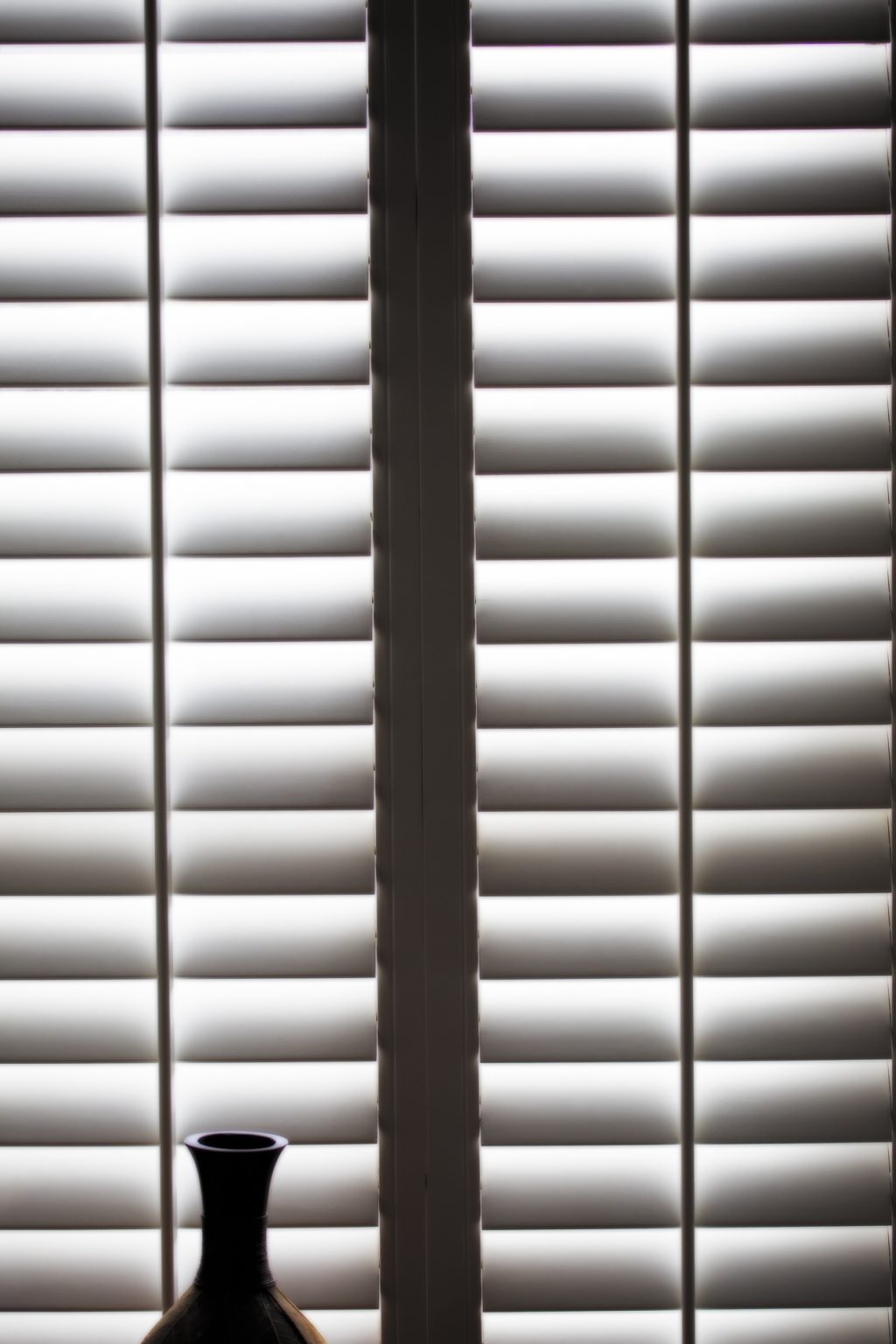
Rolande recently bought some flowers for the back patio including this plant, a Calla Lily. Calla Lilies are native to the modern-day region around South Africa and Malawi. They were first cataloged in the 18th century by a Swedish botanist who mistakenly named the species Calla Lily. Calla lilies are not lilies at all. Not long after, a German botanist realized the error and created the genus Zantedeschia, but it was too late. The name Calla Lily stuck.
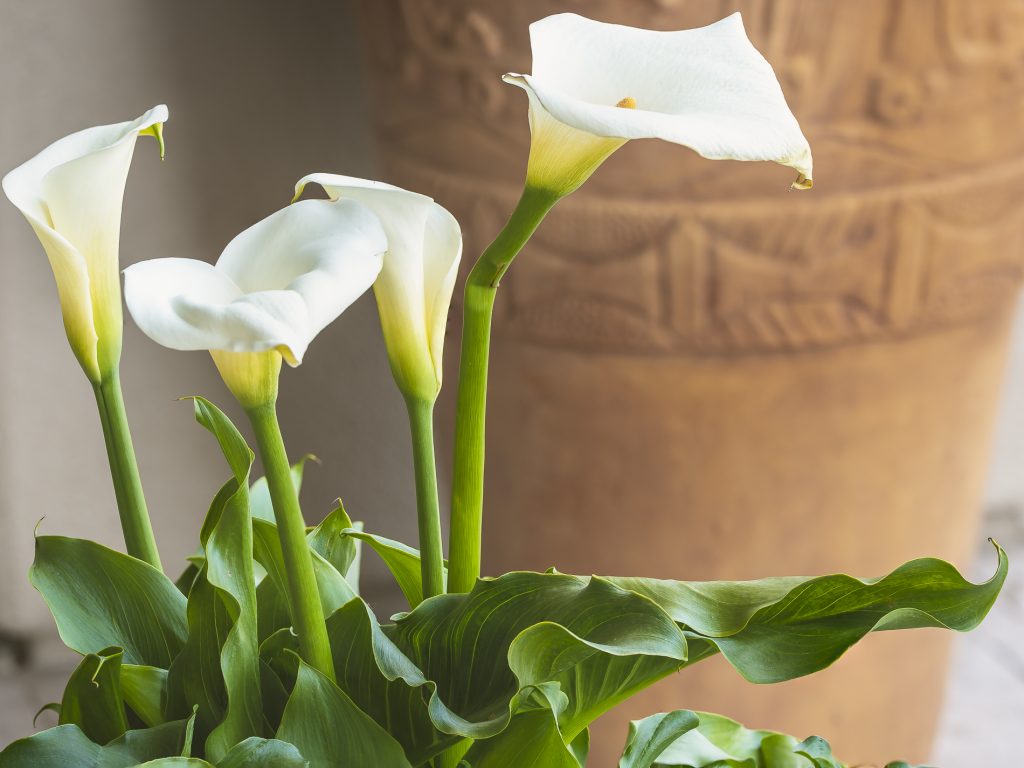
This is another of our neighbourhood birds, known as Say’s Phoebe. Say’s Phoebe is a passerine bird in the flycatcher family. A common bird in the western United States, it prefers dry, desolate areas. This bird was named for Thomas Say, the American naturalist.
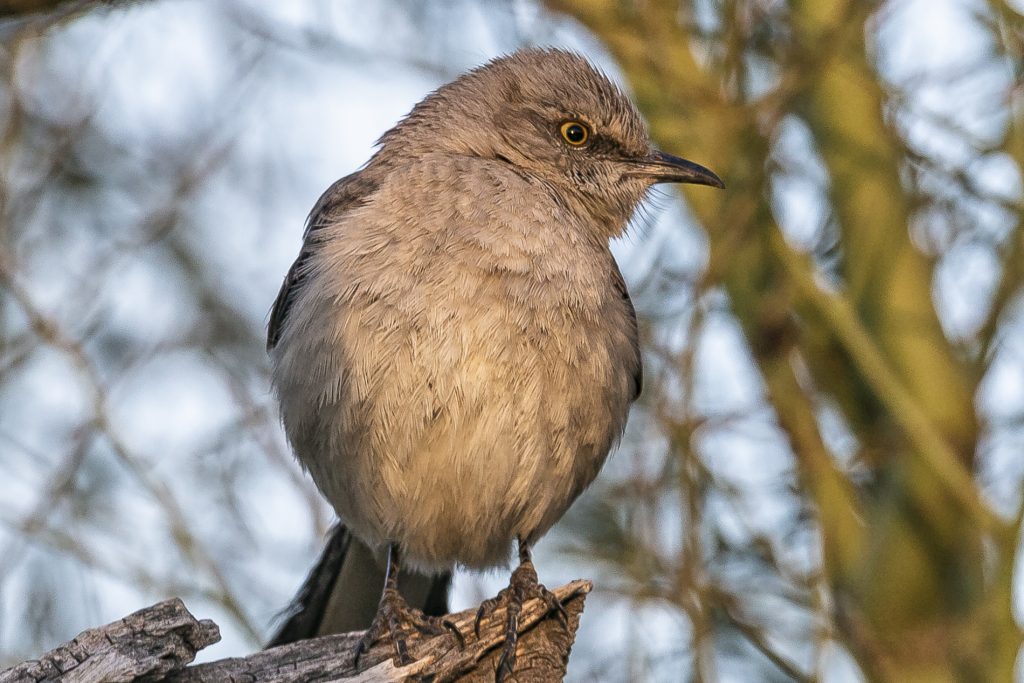
In the course of my daily walks, I see many nice gardens. I chose to bring a camera on a recent walk and photographed a number of front yards’ landscaping, including this one. This yard’s flora includes a nice mix of trees, shrubs and agave plants. It will become much more colourful, once the flowers begin to bloom, early in the month of April.
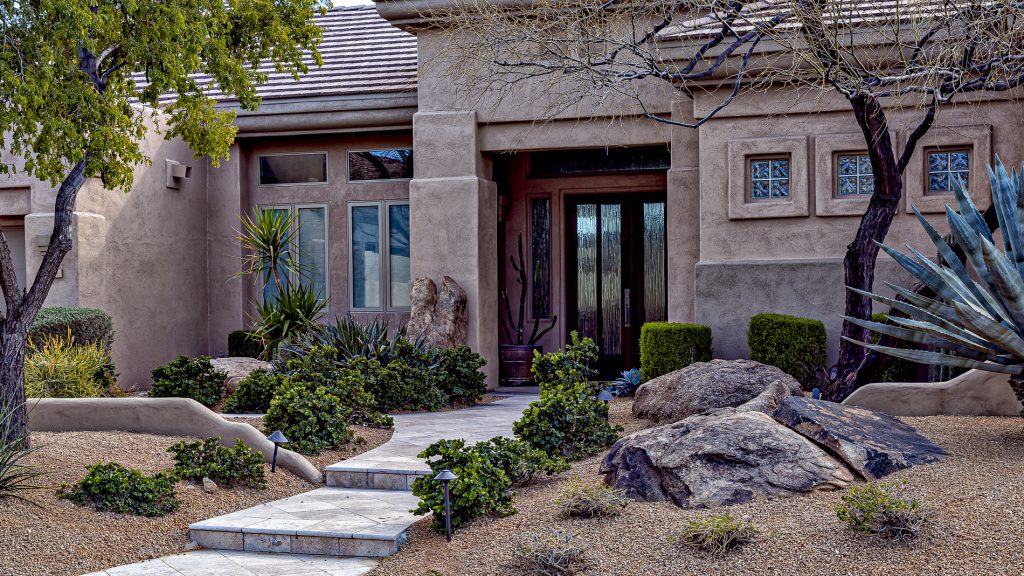
This photograph is another view of the Calla lily, a close-up. A word of caution. Although this flower looks good enough to eat, Calla lilies make very poor salads. That’s because, they are very toxic and should not be ingested.
